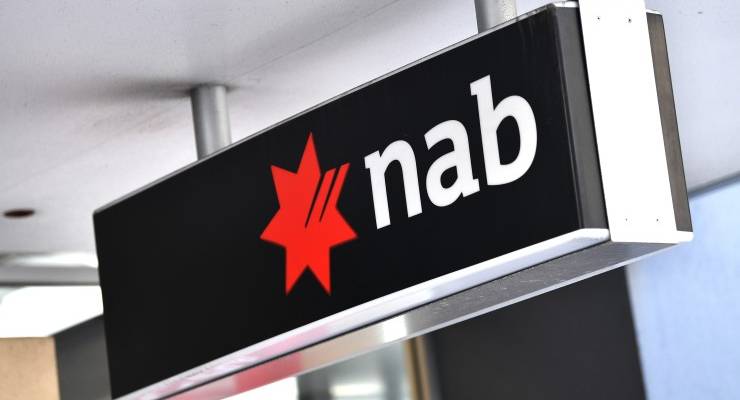
The biggest equity capital raising binge since the global financial crisis is showing no signs of abating. With the odds stacked against them, Australia’s retail shareholders are getting increasingly shafted, scaled back and diluted by boards and investment banks.
After raising $1 billion from institutional investors, Ramsay Health Care initially proposed limiting its follow on share purchase plan (SPP) for retail investors to just $200 million. But when $695 million came through the door from more than 41,000 applicants, it expanded this to $300 million, refunding $395 million.
Medical device company Cochlear trod a similar path, raising $880 million from institutions and then proposing a derisory $50 million cap on its SPP for retail investors which was then reluctantly lifted to $220 million after 16,651 shareholders applied for $417 million worth of stock.
Neither Ramsay Health Care or Cochlear, even after lifting their SPP caps, adhered to the principle of dividing up the capital raising to reflect the relative proportions of the company owned by institutional and retail shareholders before the capital raising was launched.
It’s not hard to comprehend. If retail shareholders own 30% of a company, the SPP should represent 30% of the overall capital raising.
National Australia Bank never respected that concept. It was 48% owned by its 615,000 retail shareholders before the board decided to launch an emergency $3 billion institutional share placement at the knockdown price of $14.15 in late April.
Retail shareholders were promised a compensatory $500 million SPP at the same price which was always going to be swamped, given that if all 615,000 shareholders applied for the $30,000 maximum, a whopping $18.45 billion would have come through the door.
The last 12 months have seen a step change in company disclosure about capital raisings, so we now have comprehensive data from 25 companies in terms of how many retail shareholders were sent capital raising offers and how many actually applied.
This is how NAB did it on Wednesday:
The SPP offer was made to approximately 615,000 eligible shareholders, with valid applications received from approximately 155,000 eligible shareholders for a total value of approximately $2.9 billion. Valid applications received represented a participation rate of approximately 25% of eligible shareholders (representing 21% by shareholding), with an average application amount of approximately $18,500.
Compare that with what what NAB said in 2009 when it received $2.6 billion in applications for an SPP but didn’t say from how many shareholders. It then imposed the biggest SPP scale back in Australian history, refunding $1.85 billion of application monies to stick with its original cap of $750 million.
Rather than surpassing its own record 11 years later, NAB’s directors succumbed to pressure and on Wednesday used their discretion to increase the SPP from $500 million to $1.25 billion, meaning they are only going to refund $1.65 billion.
As this list tracking SPPs shows, NAB has now done the two largest SPP refunds in ASX history. Wednesday’s expansion to $1.25 billion made it the second biggest SPP raising in history after ANZ’s $2.2 billion effort in 2009.
The Australian Securities and Investments Commission’s (ASIC) move last year to double the maximum amount of an SPP offer for individual investors from $15,000 to $30,000 has turbo-charged the structure as a capital raising option, but imagine if all retail shareholders acted rationally.
NAB shares were 8.5% above the offer price when the SPP closed on May 22 but 75% of them, or some 460,000, didn’t bother applying at all.
One of the problems is that financial intermediaries such as brokers, fund managers, accountants and super funds are not even passing on the details of in-the-money SPP offers to their clients.
This is an issue that class action lawyers should sort out. Sheer administrative incompetence has diluted retail shareholders out of billions of dollars over the years.
Sadly, the biggest losers in Australia’s anything-goes capital raising system are the retail shareholders who ignore an in-the-money offer. That is usually a substantial majority of the share register, as occurred with NAB.
Investment banks have now pocketed more than $300 million worth of fees, underwriting almost $20 billion worth of capital raisings over the past 10 weeks. They rarely get paid to underwrite SPPs. For instance, NAB’s $3 billion institutional placement generated $39 million worth of fees for underwriters Goldman Sachs and Macquarie, while the SPP generated nothing.
This is partly why boards should increasingly turn to their retail shareholders for fresh capital rather than listening to the overpaid investment banks and tapping their institutional clients for excessive funds whilst not leaving enough cash on the table for the retail shareholders who are treated as a mere afterthought.
There’s more to come on this front. Lend Lease did a $950 million institutional placement last month, followed by a $200 million SPP which closed on Tuesday and is expected to attract more than $500 million in applications. Will the board stick with the cap, partially expand it or accept all applications?
Gold miner Newcrest has a similar dilemma after it too did a $1 billion institutional placement but then proposed limiting its SPP to just $100 million, which closed last night.
At least they’ve worked out that their circa-60,000 retail shareholders, who will still probably throw about $500 million at the SPP, only own about 6% of the company, whereas they are being offered 9% of the capital raising.
A rare example indeed of institutional investors getting diluted.
Stephen Mayne has participated in some of the SPPs mentioned in this story.








Crikey is committed to hosting lively discussions. Help us keep the conversation useful, interesting and welcoming. We aim to publish comments quickly in the interest of promoting robust conversation, but we’re a small team and we deploy filters to protect against legal risk. Occasionally your comment may be held up while we review, but we’re working as fast as we can to keep the conversation rolling.
The Crikey comment section is members-only content. Please subscribe to leave a comment.
The Crikey comment section is members-only content. Please login to leave a comment.